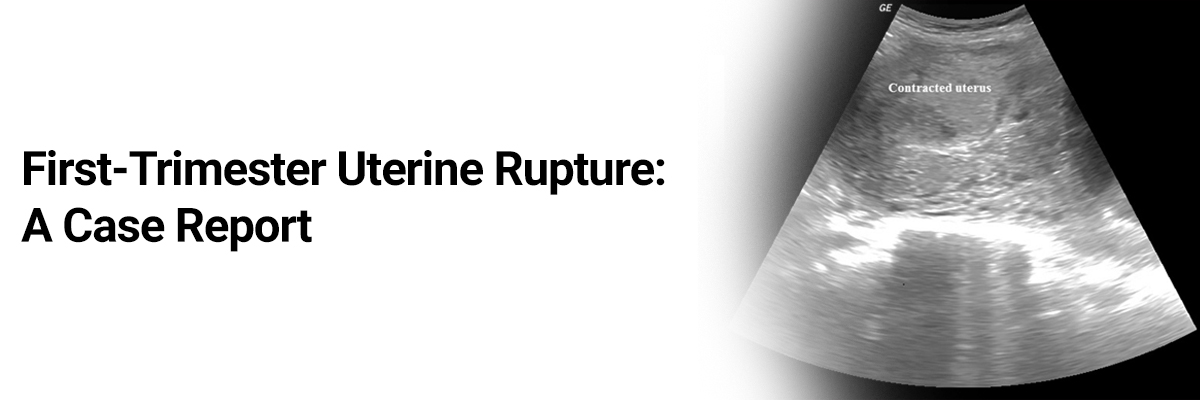
 IJCP Editorial Team
IJCP Editorial Team
First-trimester uterine rupture: a case report
A report describes a case of a 35-year-old gravida 5, para 2 (1122), who presented to the emergency room because of fainting and abdominal pain. She had a gestation of 11 weeks and four days with a twin pregnancy complicated by hypertension on therapy. She revealed a history of two previous cesarean sections (CS). The first was performed in 2015 for non-reassuring fetal status at 38 weeks of gestation; the second was in 2017 because of preeclampsia and ascites at 32 weeks. A T incision was used during the second cesarean section since the fetal extraction was difficult.
At admission, the woman displayed hypotension (90/60 mmHg), pulse of 78 bpm, and anemia (9.7 g/dL). Abdominal examination revealed generalized tenderness. The transvaginal ultrasound scan showed an intrauterine twin pregnancy with two gestational sacs and two alive fetuses with a crown-rump length of 46 and 47 mm, respectively. It also demonstrated the presence of free fluid in the abdomen. Thus, a uterine rupture was suspected, and an emergency laparotomy was performed. The procedure confirmed a hemorrhage in the peritoneal cavity, with a defect in the lower anterior uterine wall, allowing visualization of placental tissue and part of the gestational sac.
With gentle squeezing, the surgeons completely removed the two sacs undamaged from the uterine wall and then closed the rupture site with a double-layer suture. The patient experienced no side effects and was discharged from the hospital four days later in good condition.
The histological examination showed two embryos, compatible for 11 weeks of gestation, of female gender still inside the amniotic sac, which remained surprisingly intact. The examination of the main parenchymal viscera showed insignificant findings. Histological examination of the placentas showed placental parenchyma with villous maturation consistent with gestational age, with normal cotyledonal branching, as well as focal involutional villous fibro-edematous alterations and hemorrhagic areas, indicating focal retroplacental hemorrhage.
Cecchini F, Tassi A, Londero AP, Baccarini G, Driul L, Xodo S. First Trimester Uterine Rupture: A Case Report and Literature Review. Int J Environ Res Public Health. 2020 Apr 24;17(8):2976. doi: 10.3390/ijerph17082976. PMID: 32344763; PMCID: PMC7215710.

IJCP Editorial Team
Comprising seasoned professionals and experts from the medical field, the IJCP editorial team is dedicated to delivering timely and accurate content and thriving to provide attention-grabbing information for the readers. What sets them apart are their diverse expertise, spanning academia, research, and clinical practice, and their dedication to upholding the highest standards of quality and integrity. With a wealth of experience and a commitment to excellence, the IJCP editorial team strives to provide valuable perspectives, the latest trends, and in-depth analyses across various medical domains, all in a way that keeps you interested and engaged.










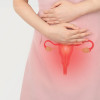




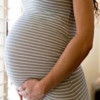
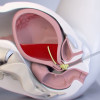

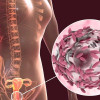
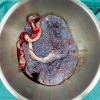

Please login to comment on this article